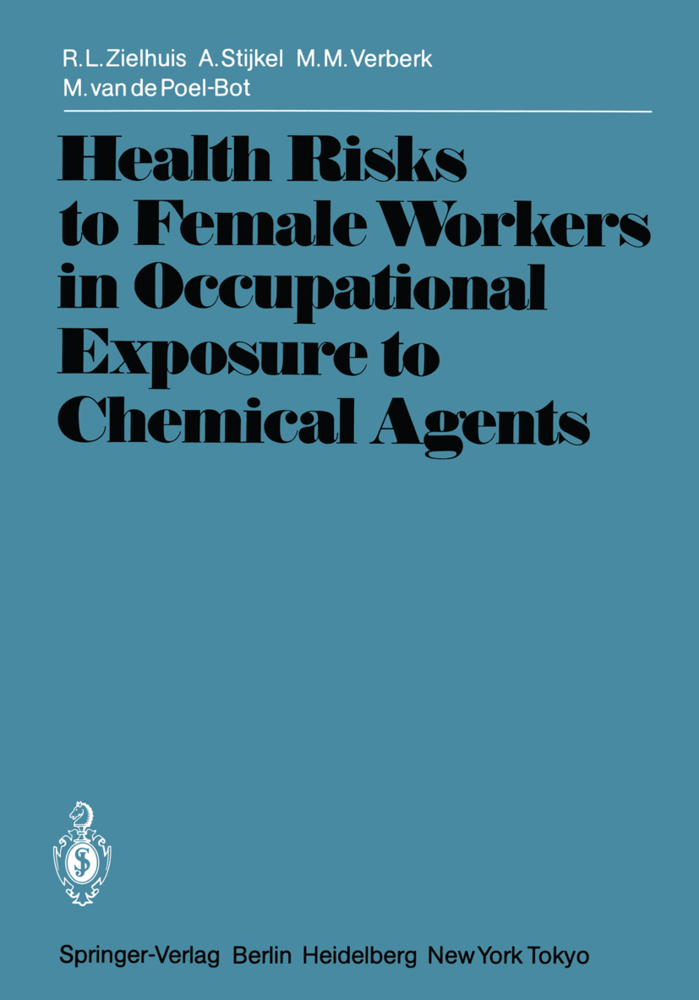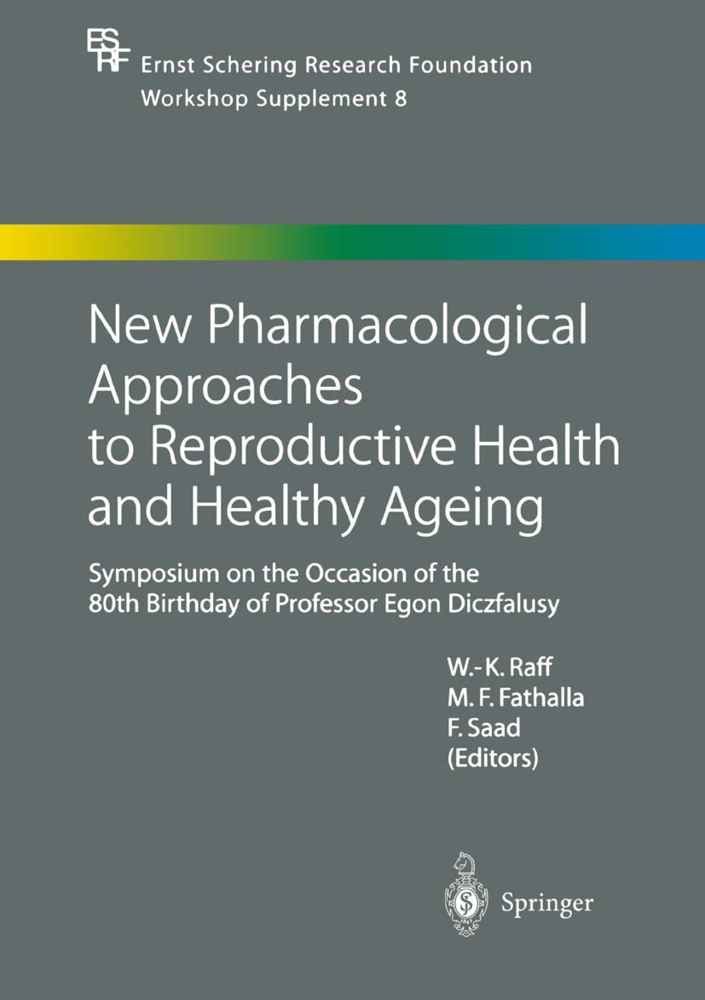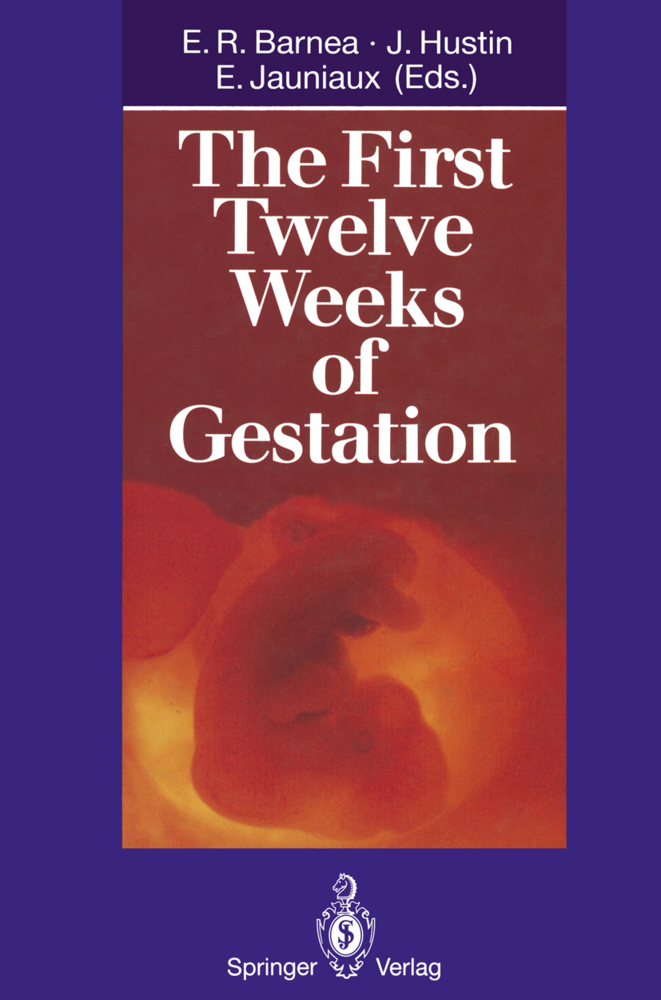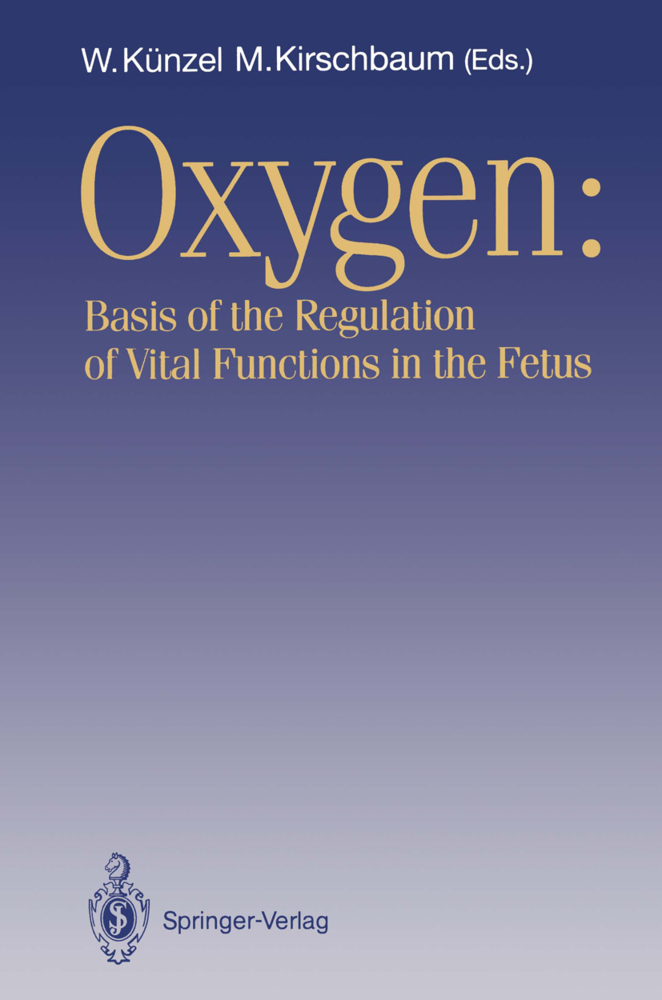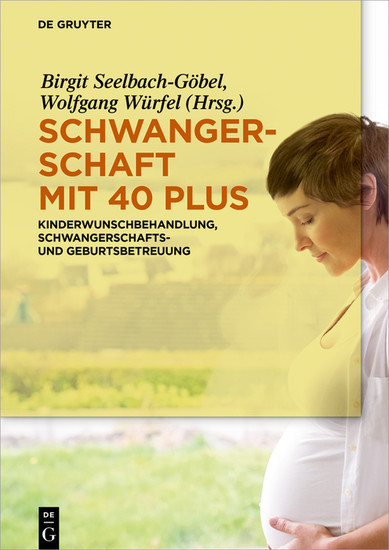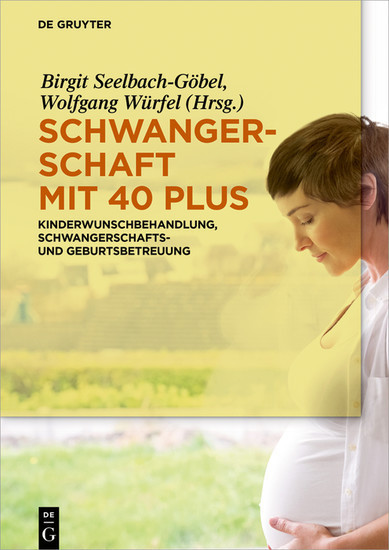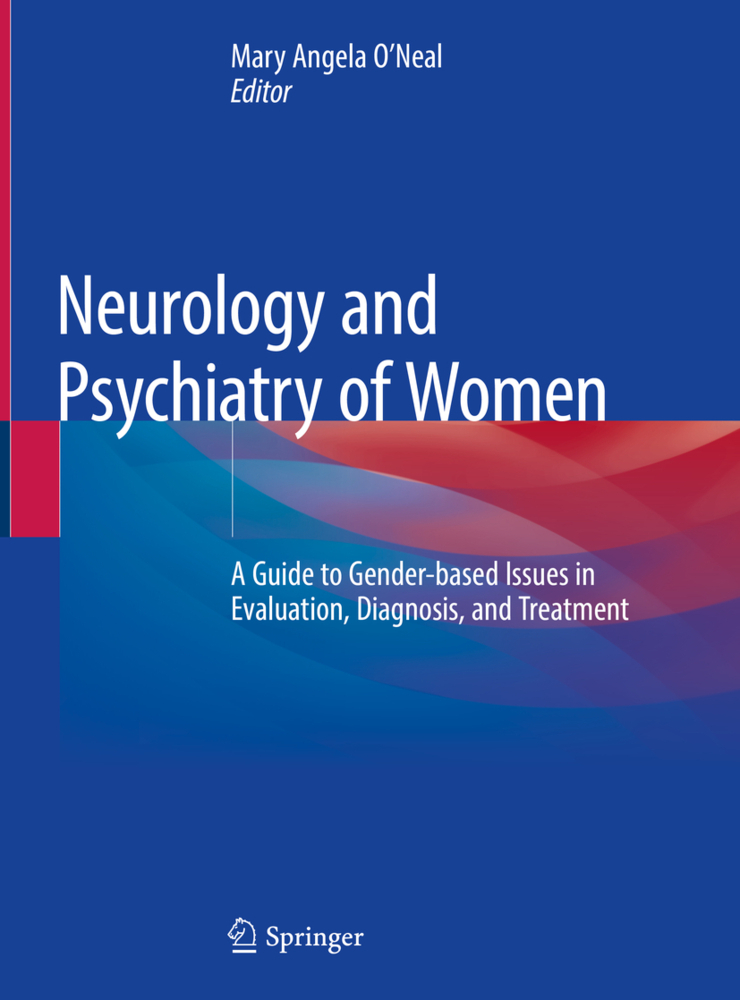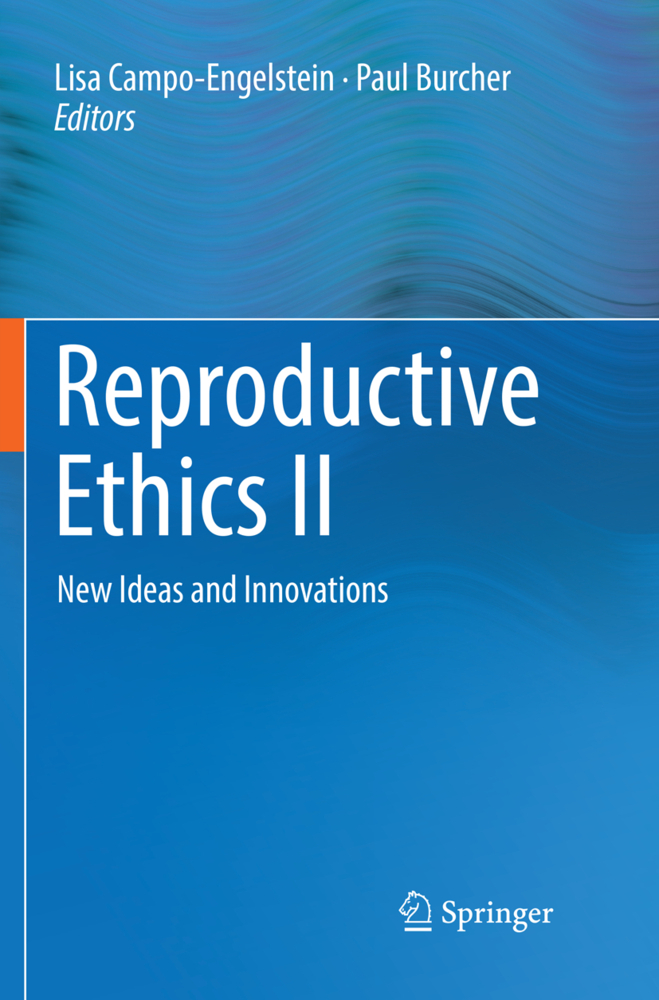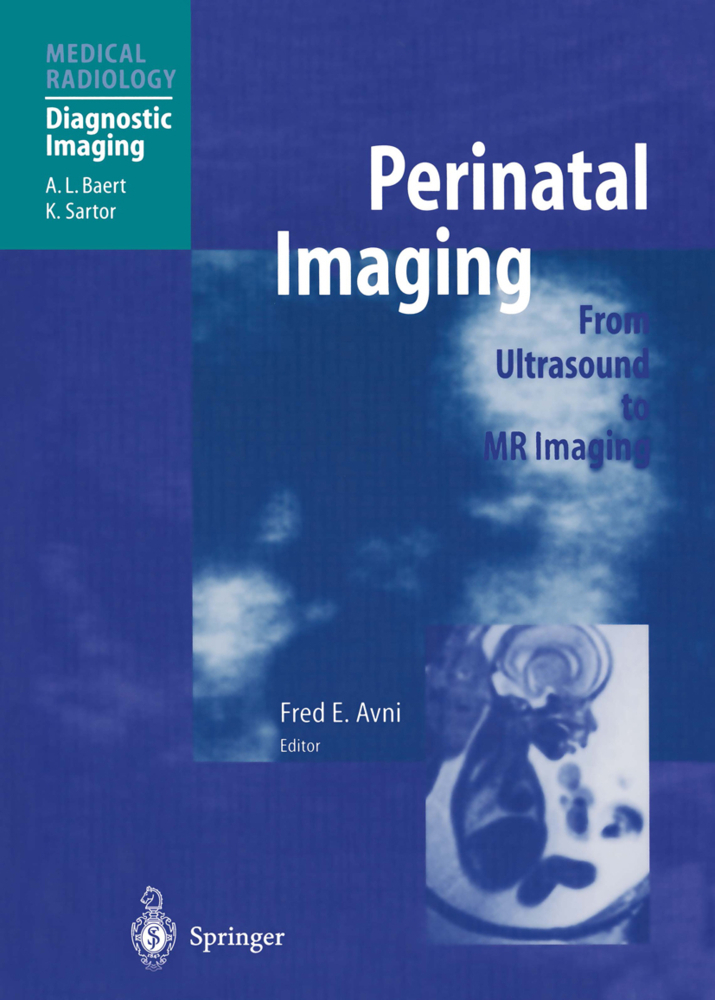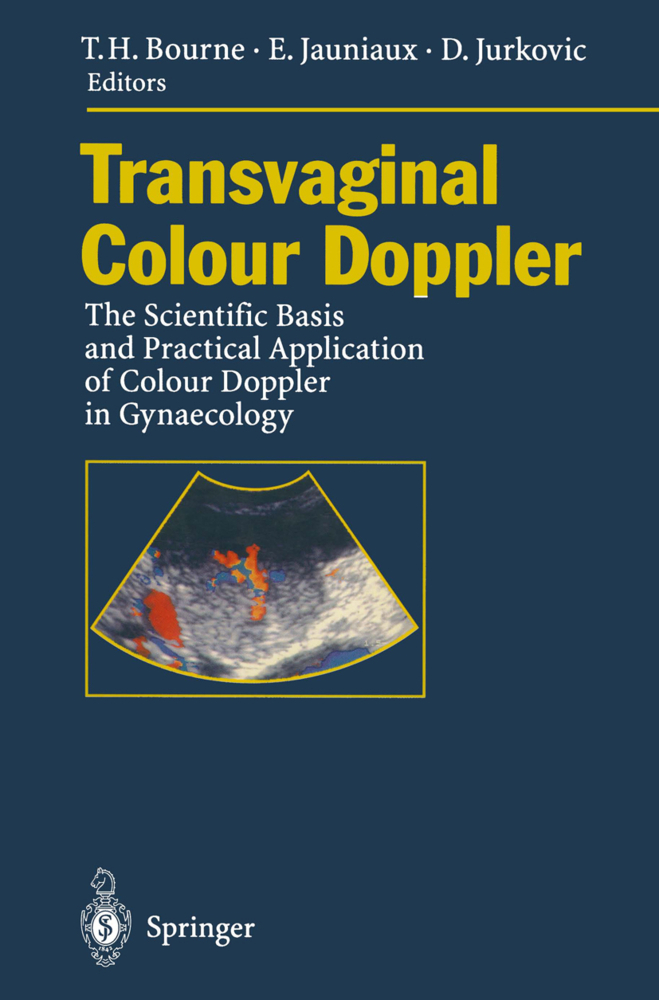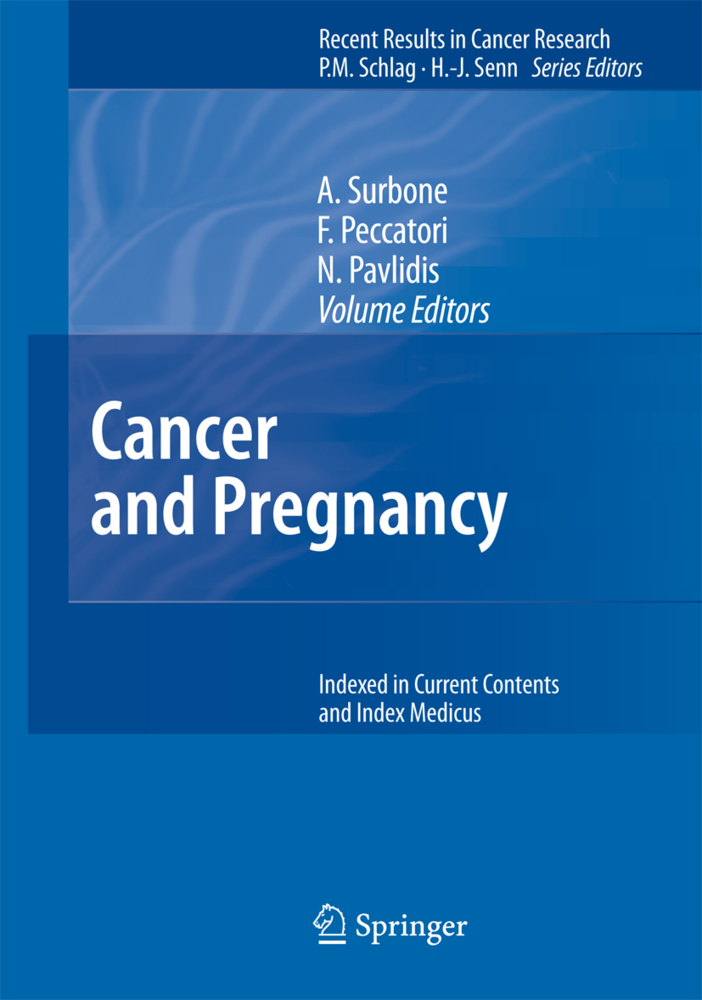Health Risks to Female Workers in Occupational Exposure to Chemical Agents
Health Risks to Female Workers in Occupational Exposure to Chemical Agents
In 1980 the Directorate-General of Labor, Ministry of Social Affairs and Employment, the Netherlands, requested the Coronel Laboratory for Occupational and Environmental Health, Faculty of Medicine, University of Amsterdam, to carry out "a critical study of literature on health risks to women from industrial and occupational exposure to chemical agents which are different from risks to male workers, or which have only been observed in female workers. " The principal investigator was Mrs. A. Stijkel, medical biologist; a part of the study was carried out by R. L. Zielhuis, physician. M. M. Verberk, physician, and Mrs. M. v. d. Poel-Bot, librarian, provided continuous assistance. The final report (in Dutch) covering the literature up to and including 1981, was submitted to the government in October 1982. A somewhat abridged and modified English text, updated to include 1982, was prepared. The Editorial Board and the publisher of the International Archives of Occupational and Environmental Health kindly made possible the publishing of this text in a special issue of the journal. The authors express their thanks to the Directorate-General of Labor, the Editorial Board and the publisher for making this publication possible. We sincerely hope that this report will be of assistance in making the industrial and occupational environment safer. Prof. Dr. R. L. Zie1huis Table of Contents Introduction 1 1 1. 1 Objective 1 Theoretical Possibilities for Extra Health Risks in Female 1. 2 Workers. 2 1. 2. 1 Differences Between Women and Men Apart from Reproduction .
1.2 Theoretical Possibilities for Extra Health Risks in Female Workers
1.3 Sources
References
2 Organic Solvents
2.1 Health Risks
2.2 Discussion and Conclusions
References
3 Carbon Disulfide
3.1 Health Risks
3.2 Discussion and Conclusions
References
4 Pesticides
4.1 Cholinesterase Inhibitors (Organophosphates and Carbamates)
4.2 Cyclic Chlorinated Pisticides
4.3 Halogenated Aliphatic Pesticides
4.4 Miscellaneous Pesticides
References
5 Polychlorobiphenyls and Polybromobiphenyls
5.1 Polychlorobiphenyls
5.2 Polybromobiphenyls
References
6 Plastic Monomers
6.1 Vinyl Chloride
6.2 Styrene
6.3 Caprolactam
6.4 Acrylates
6.5 Formaldehyde
References
7 Carbon Monoxide
7.1 Health Risks to Pregnancy and Offspring
7.2 Discussion and Conclusions
References
8 Metals: General Orientation
8.1 Toxicokinetics
8.2 Health Risks in the Metal Industry
8.3 Conclusions
8.4 Metals on Which Little Information Is Available
References
9 Inorganic Lead
9.1 Health Risks
9.2 Discussion and Conclusions
References
10 Cadmium
10.1 Health Risks
10.2 Discussion and Conclusions
References
11 Mercury
11.1 Metallic Mercury, Mercury Salts, and Long-chain Organic Mercury Compounds
11.2 Short-chain Organic Mercury Compounds
References
12 Operating Room Personnel
12.1 Health Risks
12.2 Discussion and Conclusions
References
13 Health Care Personnel
13.1 Health Risks
13.2 Discussion and Conclusions
References
14 Pharmaceutical Industry
14.1 Health Risks
14.2 Discussion and Conclusions
References
15 Chemical Industry/Laboratories
15.1 Health Risks
15.2 Discussion and Conclusions
References
16 Rubber Industry
16.1 Health Risks
16.2 Discussion and Conclusions
References
17 Beauticians-Hairdressers
17.1 Health Risks
17.2 Discussion and Conclusions
References
18 General Discussion and Conclusions
18.1 Limitations of the Review
18.2 Specific Conclusions
18.3 Overall Conclusions and Recommendations
References
19 Appendix: Recent Data
19.1 Reviews.
1 Introduction
1.1 Objective1.2 Theoretical Possibilities for Extra Health Risks in Female Workers
1.3 Sources
References
2 Organic Solvents
2.1 Health Risks
2.2 Discussion and Conclusions
References
3 Carbon Disulfide
3.1 Health Risks
3.2 Discussion and Conclusions
References
4 Pesticides
4.1 Cholinesterase Inhibitors (Organophosphates and Carbamates)
4.2 Cyclic Chlorinated Pisticides
4.3 Halogenated Aliphatic Pesticides
4.4 Miscellaneous Pesticides
References
5 Polychlorobiphenyls and Polybromobiphenyls
5.1 Polychlorobiphenyls
5.2 Polybromobiphenyls
References
6 Plastic Monomers
6.1 Vinyl Chloride
6.2 Styrene
6.3 Caprolactam
6.4 Acrylates
6.5 Formaldehyde
References
7 Carbon Monoxide
7.1 Health Risks to Pregnancy and Offspring
7.2 Discussion and Conclusions
References
8 Metals: General Orientation
8.1 Toxicokinetics
8.2 Health Risks in the Metal Industry
8.3 Conclusions
8.4 Metals on Which Little Information Is Available
References
9 Inorganic Lead
9.1 Health Risks
9.2 Discussion and Conclusions
References
10 Cadmium
10.1 Health Risks
10.2 Discussion and Conclusions
References
11 Mercury
11.1 Metallic Mercury, Mercury Salts, and Long-chain Organic Mercury Compounds
11.2 Short-chain Organic Mercury Compounds
References
12 Operating Room Personnel
12.1 Health Risks
12.2 Discussion and Conclusions
References
13 Health Care Personnel
13.1 Health Risks
13.2 Discussion and Conclusions
References
14 Pharmaceutical Industry
14.1 Health Risks
14.2 Discussion and Conclusions
References
15 Chemical Industry/Laboratories
15.1 Health Risks
15.2 Discussion and Conclusions
References
16 Rubber Industry
16.1 Health Risks
16.2 Discussion and Conclusions
References
17 Beauticians-Hairdressers
17.1 Health Risks
17.2 Discussion and Conclusions
References
18 General Discussion and Conclusions
18.1 Limitations of the Review
18.2 Specific Conclusions
18.3 Overall Conclusions and Recommendations
References
19 Appendix: Recent Data
19.1 Reviews.
Zielhuis, R. L.
Stijkel, A.
Verberk, M. M.
Poel-Bot, M. van de
| ISBN | 978-3-540-13579-1 |
|---|---|
| Artikelnummer | 9783540135791 |
| Medientyp | Buch |
| Copyrightjahr | 1984 |
| Verlag | Springer, Berlin |
| Umfang | XII, 122 Seiten |
| Abbildungen | XII, 122 p. |
| Sprache | Englisch |

